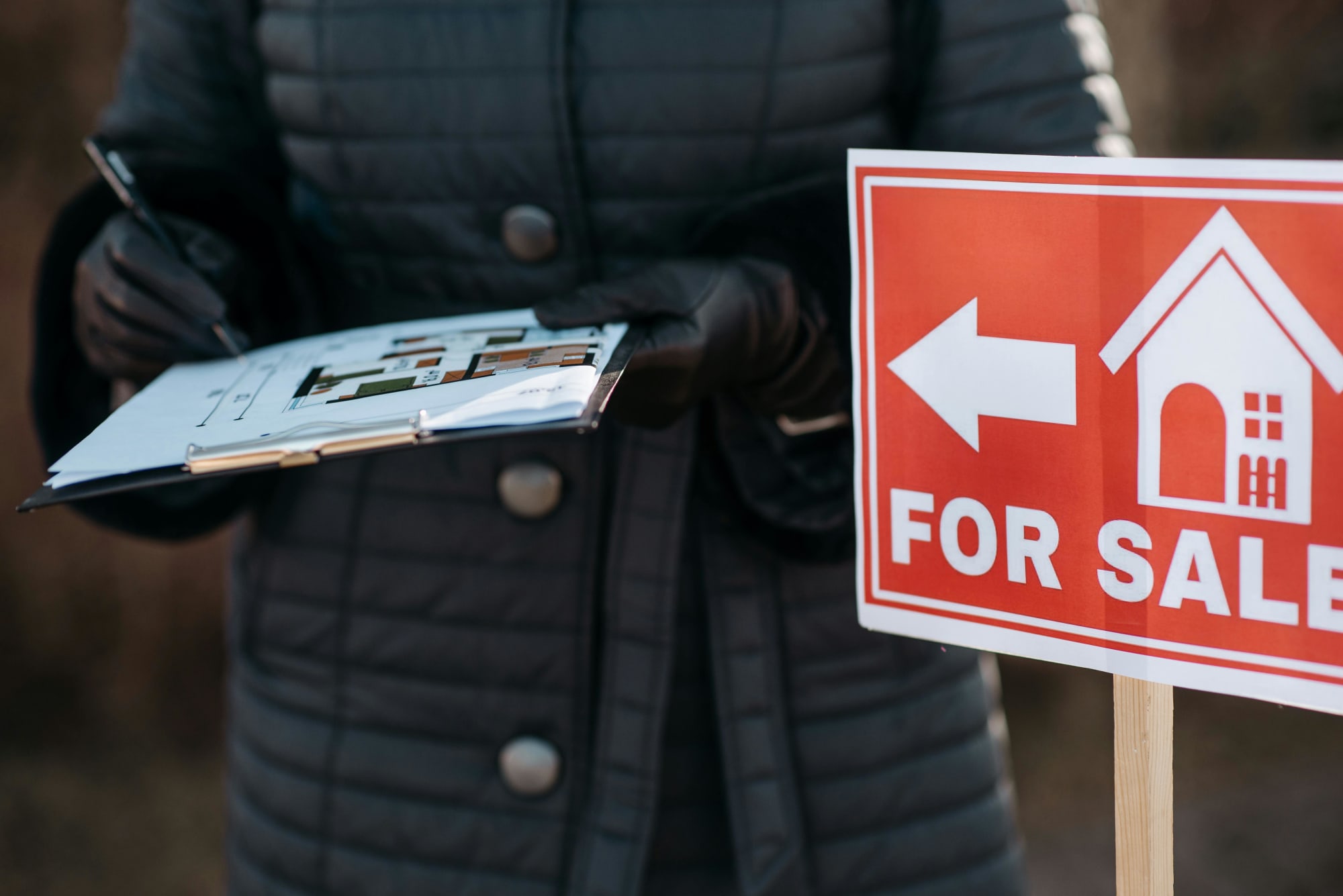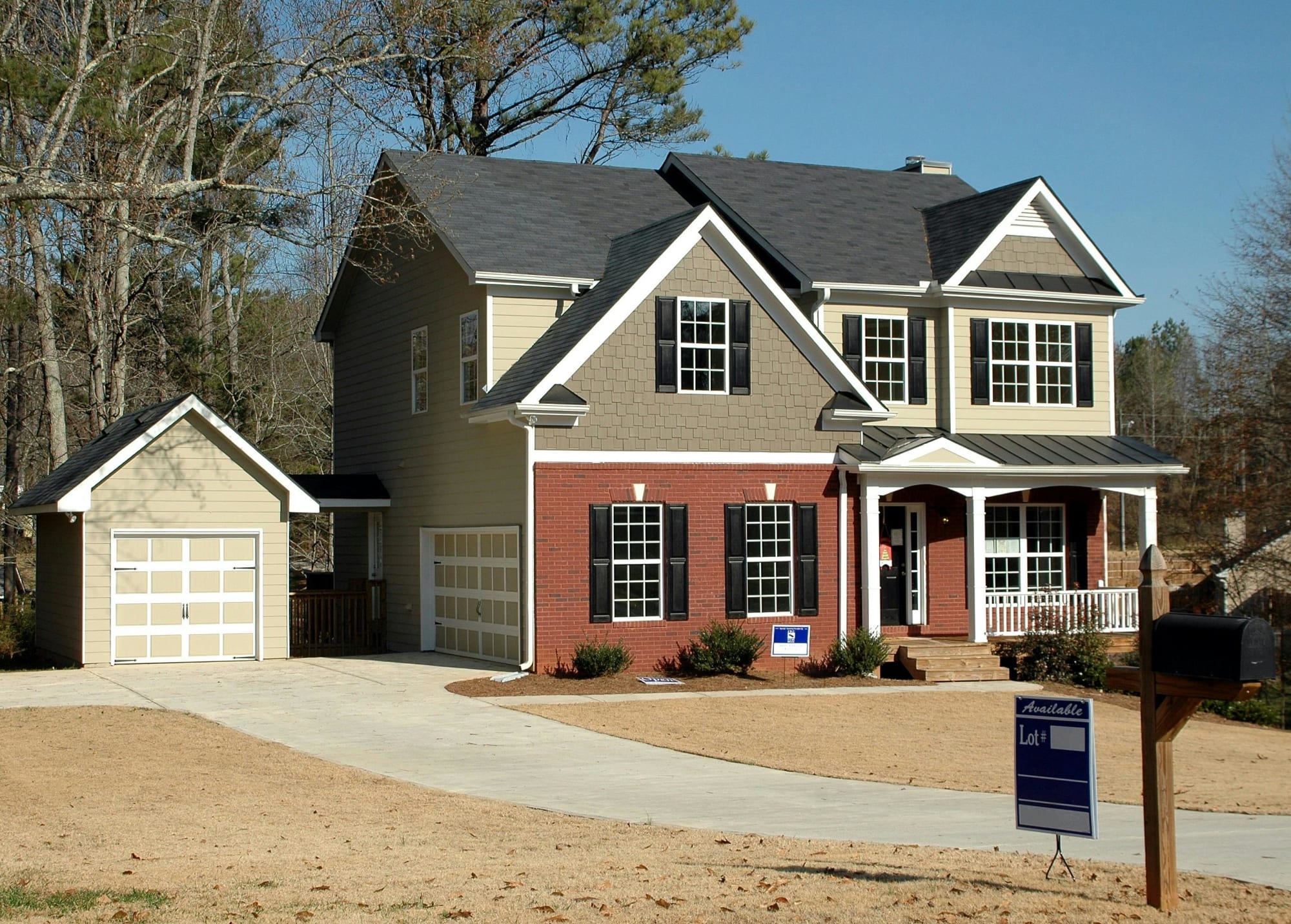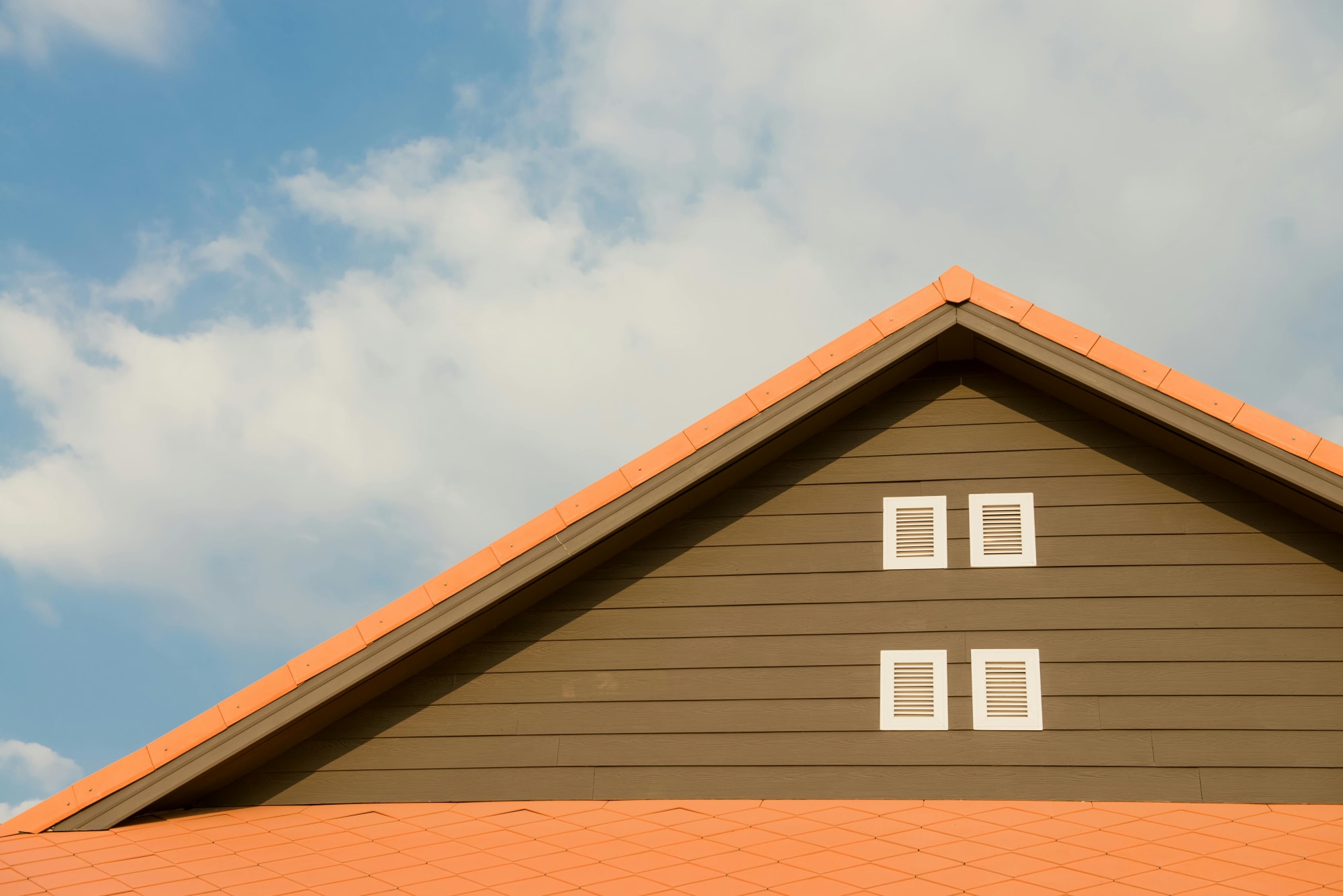Invest
How to get more bang for your buck with property tax deductions
Are you making the most out of your investment property’s tax breaks?
How to get more bang for your buck with property tax deductions
A tax depreciation schedule is simply a report detailing the depreciation entitlements available to you within your investment property. The depreciation entitlements can be broken into two simple categories:
1. Capital allowances (Division 43)
Capital allowances are based on the historical construction cost of the property, excluding the value of plant and equipment assets. Capital allowances can be claimed on your original residential property, where it was constructed after 15 September 1987 or on any subsequent qualifying renovations or improvements completed by either the previous owner or yourself.
Say, your property was built in 1996. We will estimate the cost to build the property at that time, and you’ll be able to claim 2.5 per cent of the value each financial year. If the total build cost was $200,000 and the plant items were $30,000, the remaining $170,000 would attract a 2.5 per cent deduction of $4,250 each financial year for 40 years from the date of construction.

2. Plant and equipment items (Division 40)
Plant and equipment items are generally ‘loose assets’ or control panels for automated systems as defined by the Australian Taxation Office. The ATO publishes a list of these assets every year around July. In a residential property, the most common plant assets are:
• Bathroom accessories
• Exhaust fans
• Hot water systems
• Carpets
• Vinyl
• Blinds
• Curtains
• Air conditioners
• Door closers
• Security systems
These assets are estimated as part of a depreciation schedule, and you’ll generally be able to claim between 20 per cent and 100 per cent of the estimated residual value each year. Each plant and equipment item has a different depreciation rate, but we’re sticking with an overview here.
Therefore, a tax depreciation schedule includes these two components of depreciation and their estimated value. The schedule itself will show 40 years’ worth of depreciation in two different accepted methods. One tends to be more aggressive in the first few years (see diminishing value) and the other maintains a more constant level of depreciation (see prime cost).
Now that we know what a depreciation schedule is, how can it change your tax return?
Surveyors are not qualified to provide accountants advice, so you should always speak to one to find out the exact impact on your personal situation. Essentially though, the total depreciation comes off your taxable income. Let’s run through a quick scenario.
Case study
Let’s say your salary is $88,000 per year, and you have no other deductions. According to the ATO’s simple tax calculator, you’ll be paying $20,507 in tax (2015-2016 year).
In 2015, the average deductions in the first full year of claim was $9,183 worth. The $9,183 deduction comes off the taxable income of $88,000 so that brings it down to $78,817. Using the same tax calculator, the tax payable is now $17,162.52.
Breaking that down, a depreciation schedule on this hypothetical, yet average property produced a saving of $3,344.48 within the first full year. An average depreciation schedule is around the $600-$700 mark, so the report is paying for itself five times over within one year.
There are certainly properties that won’t achieve that level of deductions, and some that won’t have anything at all. By the same token, many properties will show over $20,000 worth of deductions within the first year.
The most important thing is to contact a quantity surveyor for an indication of the deductions you might have available to you, as the tax savings can make a huge difference to your investment cash flow and/or convert the pain of a trip to the accountant into pure joy.
Mike Mortlock, director, MCG Quantity Surveyors

Property
New investment platform Arkus allows Australians to invest in property for just $1
In a groundbreaking move to democratise investment in property-backed mortgage funds, GPS Investment Fund Limited has launched Arkus™, a retail investment platform designed to make investing ...Read more

Property
Help to Buy goes live: What 40,000 new buyers mean for banks, builders and the bottom line
Australia’s Help to Buy has opened, lowering the deposit hurdle to 2 per cent and aiming to support up to 40,000 households over four years. That single policy lever will reverberate through mortgage ...Read more

Property
Australia’s mortgage knife‑fight: investors, first‑home buyers and the new rules of lender competition
The mortgage market is staying hot even as rate relief remains elusive, with investors and first‑home buyers chasing scarce stock and lenders fighting for share on price, speed and digital experienceRead more

Property
Breaking Australia’s three‑property ceiling: the finance‑first playbook for scalable portfolios
Most Australian investors don’t stall at three properties because they run out of ambition — they run out of borrowing capacity. The ceiling is a finance constraint disguised as an asset problem. The ...Read more

Property
Gen Z's secret weapon: Why their homebuying spree could flip Australia's housing market
A surprising share of younger Australians are preparing to buy despite affordability headwinds. One in three Gen Z Australians intend to purchase within a few years and 32 per cent say escaping rent ...Read more

Property
Tasmania’s pet-positive pivot: What landlords, BTR operators and insurers need to do now
Tasmania will soon require landlords to allow pets unless they can prove a valid reason to refuse. This is more than a tenancy tweak; it is a structural signal that the balance of power in rental ...Read more

Property
NSW underquoting crackdown: the compliance reset creating both cost and competitive edge
NSW is moving to sharply increase penalties for misleading price guides, including fines linked to agent commissions and maximum penalties up to $110,000. Behind the headlines sits a more ...Read more

Property
ANZ’s mortgage growth, profit slump: why volume without margin won’t pay the dividends
ANZ lifted home-lending volumes, yet profits fell under the weight of regulatory and restructuring costs—an object lesson in the futility of growth that doesn’t convert to margin and productivityRead more

Property
New investment platform Arkus allows Australians to invest in property for just $1
In a groundbreaking move to democratise investment in property-backed mortgage funds, GPS Investment Fund Limited has launched Arkus™, a retail investment platform designed to make investing ...Read more

Property
Help to Buy goes live: What 40,000 new buyers mean for banks, builders and the bottom line
Australia’s Help to Buy has opened, lowering the deposit hurdle to 2 per cent and aiming to support up to 40,000 households over four years. That single policy lever will reverberate through mortgage ...Read more

Property
Australia’s mortgage knife‑fight: investors, first‑home buyers and the new rules of lender competition
The mortgage market is staying hot even as rate relief remains elusive, with investors and first‑home buyers chasing scarce stock and lenders fighting for share on price, speed and digital experienceRead more

Property
Breaking Australia’s three‑property ceiling: the finance‑first playbook for scalable portfolios
Most Australian investors don’t stall at three properties because they run out of ambition — they run out of borrowing capacity. The ceiling is a finance constraint disguised as an asset problem. The ...Read more

Property
Gen Z's secret weapon: Why their homebuying spree could flip Australia's housing market
A surprising share of younger Australians are preparing to buy despite affordability headwinds. One in three Gen Z Australians intend to purchase within a few years and 32 per cent say escaping rent ...Read more

Property
Tasmania’s pet-positive pivot: What landlords, BTR operators and insurers need to do now
Tasmania will soon require landlords to allow pets unless they can prove a valid reason to refuse. This is more than a tenancy tweak; it is a structural signal that the balance of power in rental ...Read more

Property
NSW underquoting crackdown: the compliance reset creating both cost and competitive edge
NSW is moving to sharply increase penalties for misleading price guides, including fines linked to agent commissions and maximum penalties up to $110,000. Behind the headlines sits a more ...Read more

Property
ANZ’s mortgage growth, profit slump: why volume without margin won’t pay the dividends
ANZ lifted home-lending volumes, yet profits fell under the weight of regulatory and restructuring costs—an object lesson in the futility of growth that doesn’t convert to margin and productivityRead more









